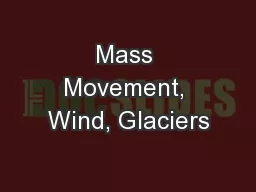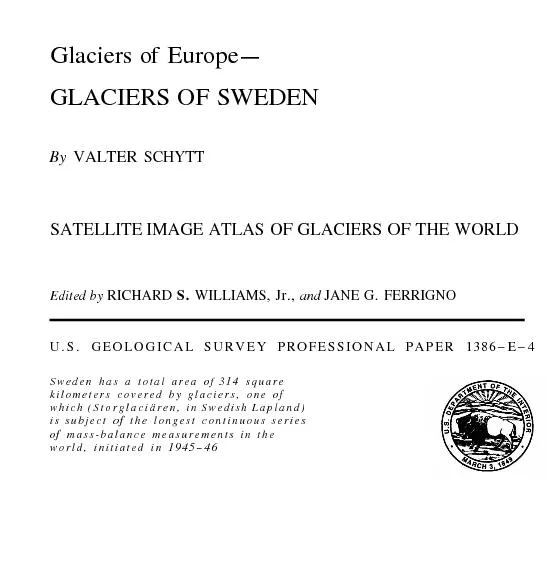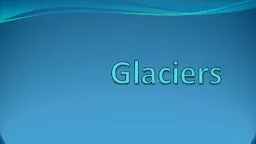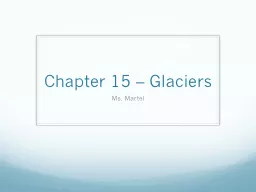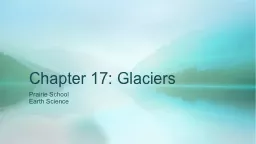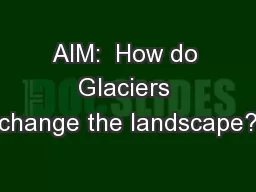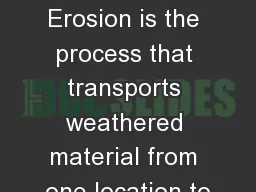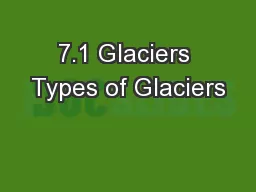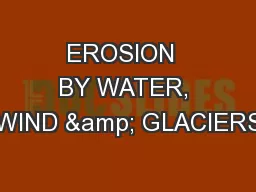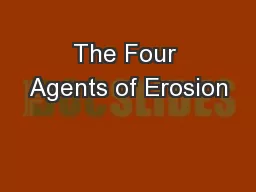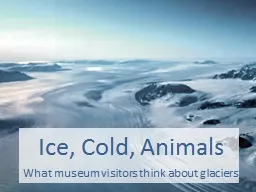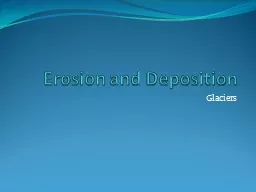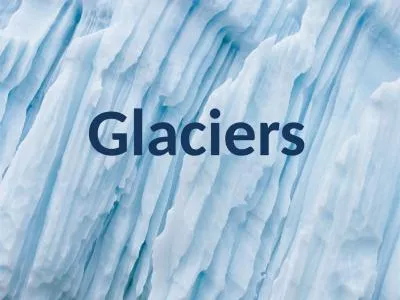PPT-Mass Movement, Wind, Glaciers
Author : stefany-barnette | Published Date : 2018-10-29
1 Mass Movement A down slope movement of loose sediment and weathered rocks resulting from the force of gravity Erosion following weathering climatic conditions
Presentation Embed Code
Download Presentation
Download Presentation The PPT/PDF document "Mass Movement, Wind, Glaciers" is the property of its rightful owner. Permission is granted to download and print the materials on this website for personal, non-commercial use only, and to display it on your personal computer provided you do not modify the materials and that you retain all copyright notices contained in the materials. By downloading content from our website, you accept the terms of this agreement.
Mass Movement, Wind, Glaciers: Transcript
Download Rules Of Document
"Mass Movement, Wind, Glaciers"The content belongs to its owner. You may download and print it for personal use, without modification, and keep all copyright notices. By downloading, you agree to these terms.
Related Documents

